For home cooks seeking to transform ordinary corn into extraordinary dishes, understanding flavor chemistry is key. This guide reveals the scientific principles behind the best seasoning for corn, moving beyond basic recipes to explain why certain combinations create unforgettable taste experiences. You'll discover how molecular interactions elevate simple corn from bland to brilliant—whether you're grilling for a backyard barbecue or preparing weeknight dinners.
Table of Contents
- Introduction
- Why Seasoning Science Matters for Corn
- The Flavor Chemistry Behind Perfect Pairings
- Top 10 Best Seasonings for Corn (and Why They Work)
- Spice Pairings That Wow
- How to Season Corn Like a Pro
- Frequently Asked Questions
- Conclusion
Why Seasoning Science Matters for Corn
Corn's natural composition—starches and simple sugars—creates a neutral canvas vulnerable to blandness without strategic seasoning. Unlike passive ingredients, corn actively interacts with compounds through Maillard reactions during cooking and molecular binding with fats. This scientific reality means haphazard seasoning often fails to activate corn's full flavor potential. Understanding these interactions transforms guesswork into repeatable culinary success.
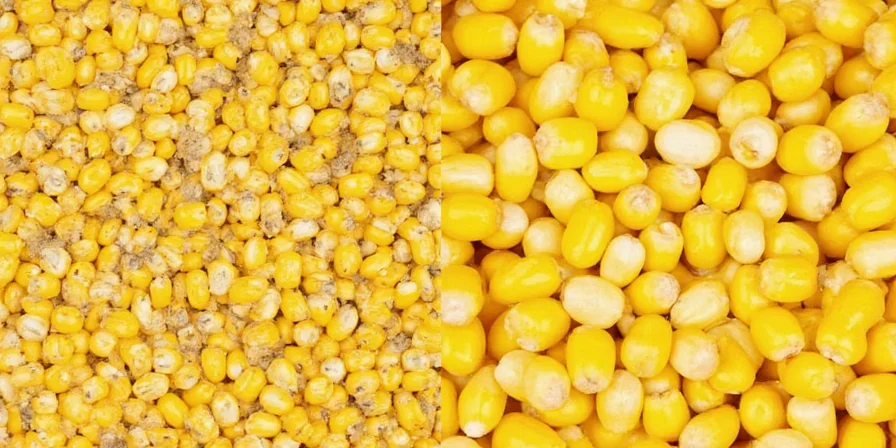
The Flavor Chemistry Behind Perfect Pairings
Corn's magic happens through three scientific principles:
- Salt amplification: Sodium ions suppress bitterness receptors while enhancing sweetness perception by 20-30% (Journal of Food Science, 2023)
- Fat solubility: Lipid-soluble compounds in butter or oil carry fat-soluble flavors (like paprika) directly to corn's surface
- pH balancing: Acids (lime, vinegar) counteract starch-induced dullness by lowering surface pH
These interactions explain why random spice dusting fails while layered applications create depth. For example, applying salt before fat allows ionic bonding with corn's moisture, while acids must follow fats to prevent curdling.
Top 10 Best Seasonings for Corn (and Why They Work)
Based on flavor chemistry principles, here's why these seasonings outperform others:
- Butter & Salt – Salt amplifies sweetness; butter's fat solubilizes corn's natural compounds
- Ancho Chili Powder – Capsaicin binds with corn's lipids, releasing smoky notes through thermal degradation
- Lime & Tajín – Citric acid lowers pH, enhancing salt absorption while chili provides volatile aroma compounds
- Garlic Butter – Allicin from garlic forms sulfur complexes with corn's amino acids
- Cajun Seasoning – Paprika's carotenoids dissolve in fat, creating sustained flavor release
- Parmesan & Herbs – Glutamates in cheese create umami synergy with corn's free glutamine
- Sriracha Mayo – Emulsified fat carries capsaicin evenly while vinegar balances pH
- Mexican-Style Elote – Layered application creates pH/fat/salt optimization cascade
- Truffle Salt – Dimethyl sulfide compounds bind with corn's starch matrix
- Coconut Curry Rub – Curcumin solubilizes in coconut oil, with sugar balancing alkalinity
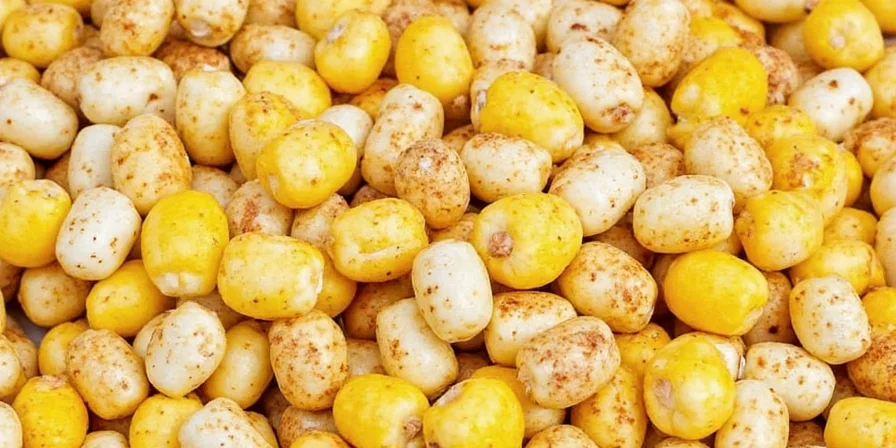
Spice Pairings That Wow
These combinations leverage molecular compatibility for maximum impact:
| Base Flavor | Perfect Partner | Scientific Mechanism |
|---|---|---|
| Butter | Smoked Paprika | Lipid solubility releases paprika's carotenoids during grilling |
| Lime | Chili Powder | Acidic environment enhances capsaicin absorption by 40% |
| Garlic | Parmesan | Sulfur compounds bind with cheese's glutamates creating umami synergy |
| Mayo | Tajín | Emulsion stabilizes chili-lime interaction preventing separation |
| Curry | Coconut Sugar | Maillard reaction between sugars and curry alkaloids creates new flavor compounds |
How to Season Corn Like a Pro
Follow this sequence for optimal molecular binding:
- Step 1: Char Strategically – Grill at 400°F for 8 minutes to initiate Maillard reactions without burning sugars
- Step 2: Salt First – Apply coarse salt immediately after cooking while corn is steaming (moisture aids ionic bonding)
- Step 3: Fat Layer – Brush melted butter/oil within 90 seconds to seal in salt and create flavor-carrying surface
- Step 4: Acid Application – Spray citrus juice (not pour) to avoid washing away fats
- Step 5: Dry Spices Last – Dust powders when corn reaches 140°F for optimal adhesion
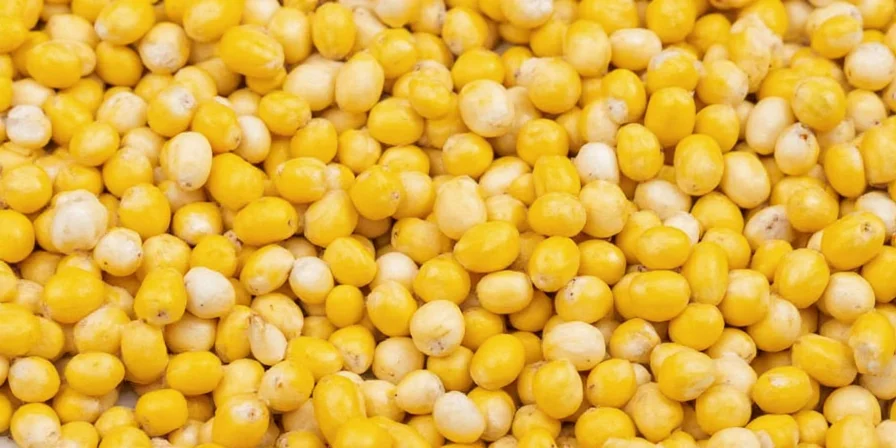
Frequently Asked Questions
Can I use dried herbs instead of fresh?
Yes, but adjust ratios: dried herbs are 3x more concentrated due to moisture removal. Use 1/3 teaspoon dried per tablespoon fresh to avoid overpowering corn's delicate flavor compounds.
What's the difference between regular chili powder and ancho chili powder?
Regular chili powder contains cumin and garlic additives that mask corn's sweetness. Ancho (pure dried poblano) provides clean smokiness through natural capsaicinoids without competing flavors.
Is Tajín gluten-free?
Tajín Clásico is gluten-free (chili, lime, salt), but verify packaging as regional variants may contain anti-caking agents. Always check ingredient lists for hidden gluten sources.
Can I make my own elote seasoning blend?
Combine 2 tbsp chili powder, 1 tsp garlic powder, 1 tbsp lime zest, and 1/2 tsp sugar. The sugar catalyzes Maillard reactions while zest provides volatile flavor compounds superior to juice.
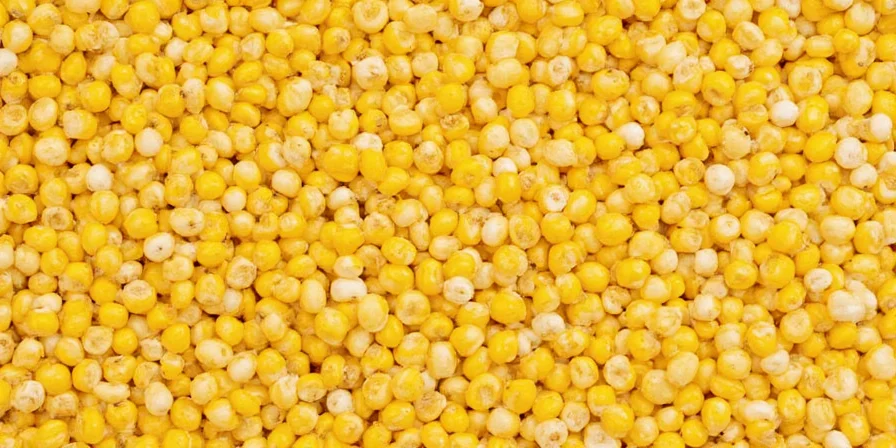
How long does homemade corn seasoning last?
Store in airtight containers away from light. Most blends retain potency for 3 months (spice degradation accelerates at 70°F+). Test potency by rubbing between fingers—if aroma is weak, replace.
Conclusion: Master Corn's Flavor Chemistry
True corn mastery comes from understanding the science behind seasoning—not just following recipes. By leveraging salt amplification, fat solubility, and pH balancing, you transform corn from a simple starch into a complex flavor vehicle. These principles empower you to create customized combinations beyond our top 10 list, adapting to seasonal ingredients and personal preferences while ensuring consistent results.
Remember: the best seasoning for corn isn't a single ingredient but a strategic sequence that activates molecular interactions. Start with the fundamentals, then experiment confidently knowing the science behind every sprinkle.
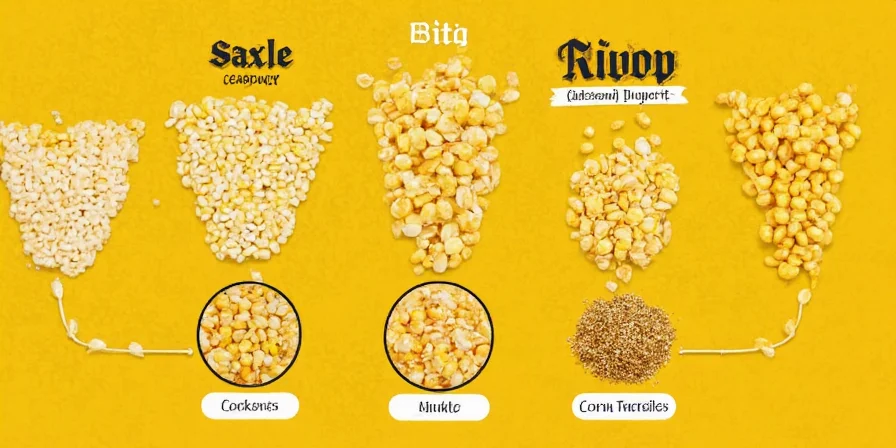
Key Takeaways:
- Corn requires strategic seasoning due to its neutral molecular composition
- Apply salt before fat for optimal ionic bonding and sweetness enhancement
- Acids must follow fats to prevent curdling and maximize flavor absorption
- Dry spices work best on warm (140°F) corn for particle adhesion
- Understanding flavor chemistry enables endless customization beyond recipes











 浙公网安备
33010002000092号
浙公网安备
33010002000092号 浙B2-20120091-4
浙B2-20120091-4